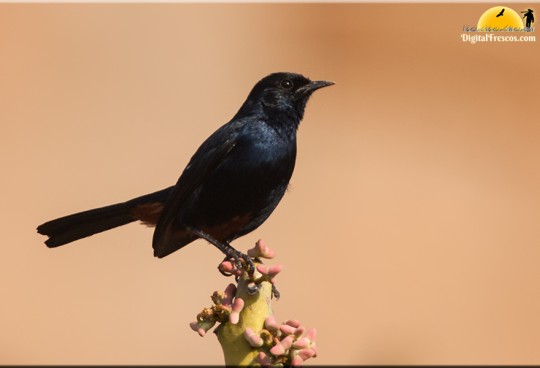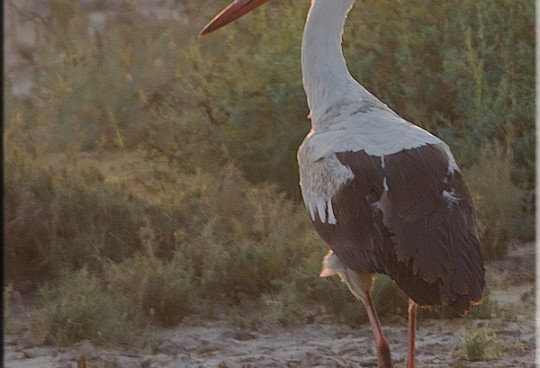The velvet-fronted nuthatch (Sitta frontalis) is a small passerine bird in the nuthatch family Sittidae found in southern Asia from Nepal, India, Sri Lanka and Bangladesh east to south China and Indonesia. Like other nuthatches, it feeds on insects in the bark of trees, foraging on the trunks and branches and their strongly clawed toes allow them to climb down tree trunks or move on the undersides of horizontal branches. They are found in forests with good tree cover and are often found along with other species in mixed-species foraging flocks. Adult males can be told apart by the black stripe that runs behind and above the eyes. They have a rapid chipping call note. The velvet-fronted nuthatch has the typical nuthatch shape, short tail and powerful bill and feet. It is 12.5 cm long. It is violet-blue above, with lavender cheeks, beige underparts, yellow eyes, and a whitish throat. The iris is distinctly pale and yellow. The bill is red, and there is a black patch on the forehead and lores which is well developed in adults and less so in younger birds. Young birds have a dark beak and dark tips to the undertail coverts. Adult males can be told apart by the black superciliary stripe that runs above the eye and over the head, towards the nape. Females lack the supercilium and have a warmer underpart colour. Juveniles are duller versions of the adult lacking the black frontal band. There populations differ in shade and size and the distribution of white on the throat.
The velvet-fronted nuthatch is a resident breeder of all types of forests from deciduous to evergreen forest. In the Sunderbans, they are found in Sonneratia mangrove forests. They also live within secondary forest and make use of the shade trees in south Indian coffee plantations. Like other nuthatches they have strongly curved claws that allow them to climb down vertical tree trunks, unlike species such as woodpeckers that only work their way upwards. It moves jerkily up and down or around tree branches and trunks. It is an active feeder on insects and spiders, gleaned on the bark of the trunk and branches, and may be found in mixed feeding flocks with other passerines. Not globally threatened and is classified as IUCN. Generally common in Indian Subcontinent and SE Asia, and can be abundant in optimum habitat, but local in Bangladesh and scarce in N Vietnam.
![]()






Sorry, the comment form is closed at this time.